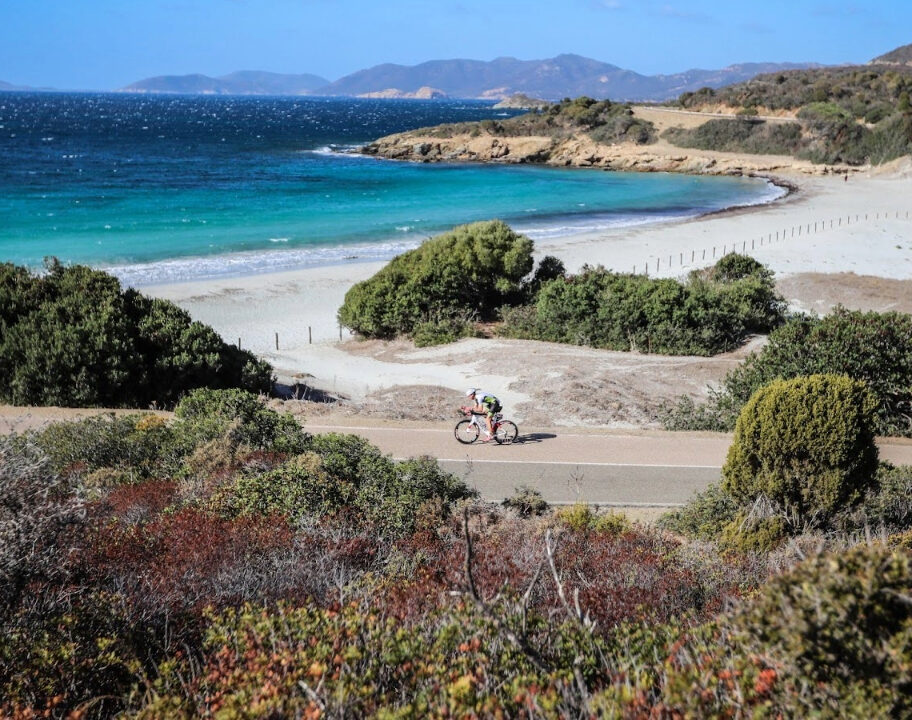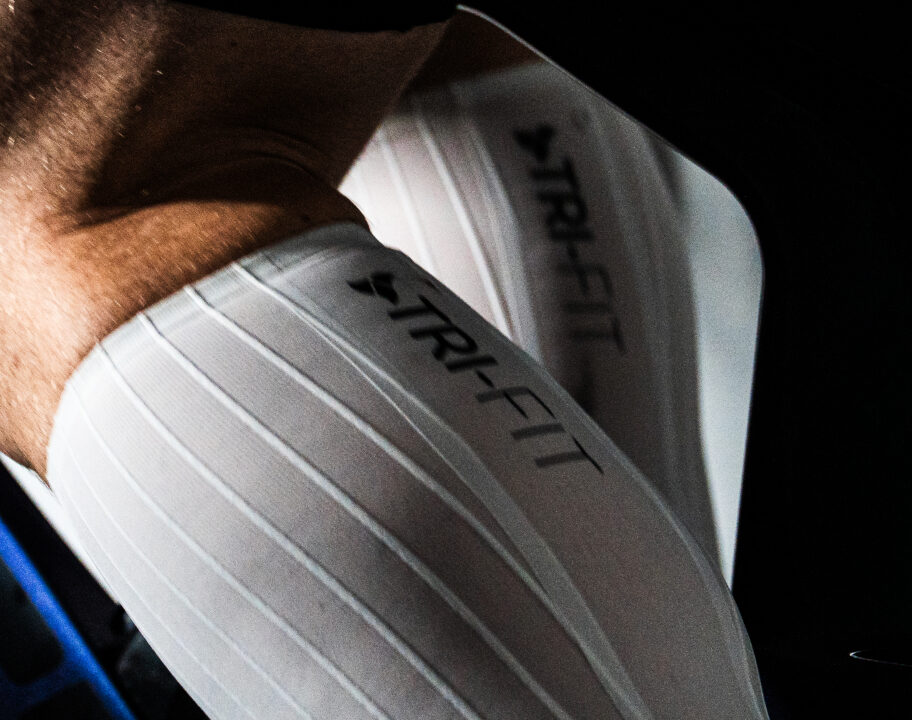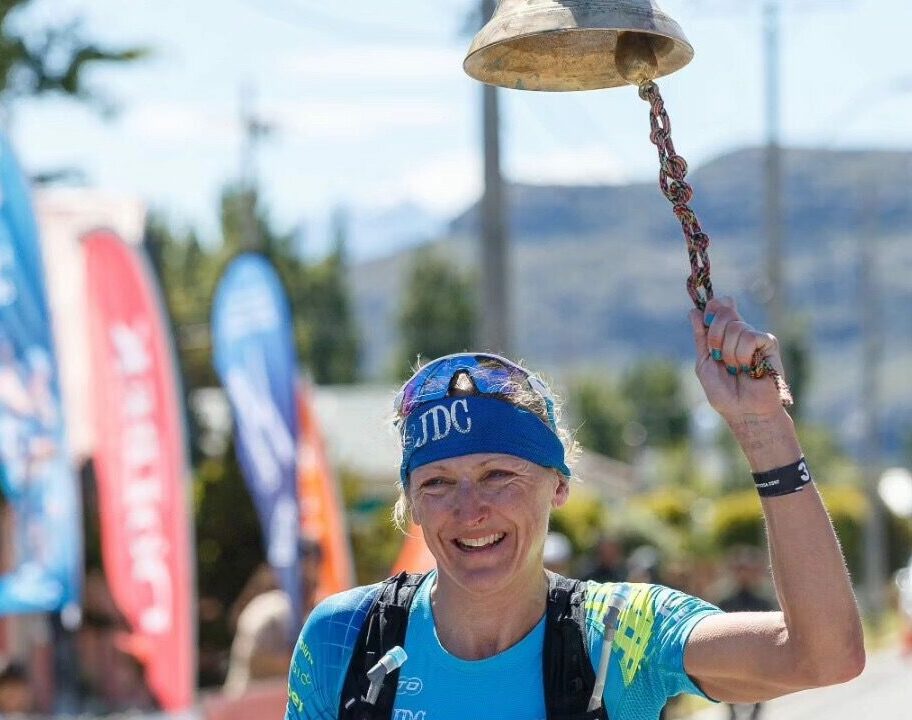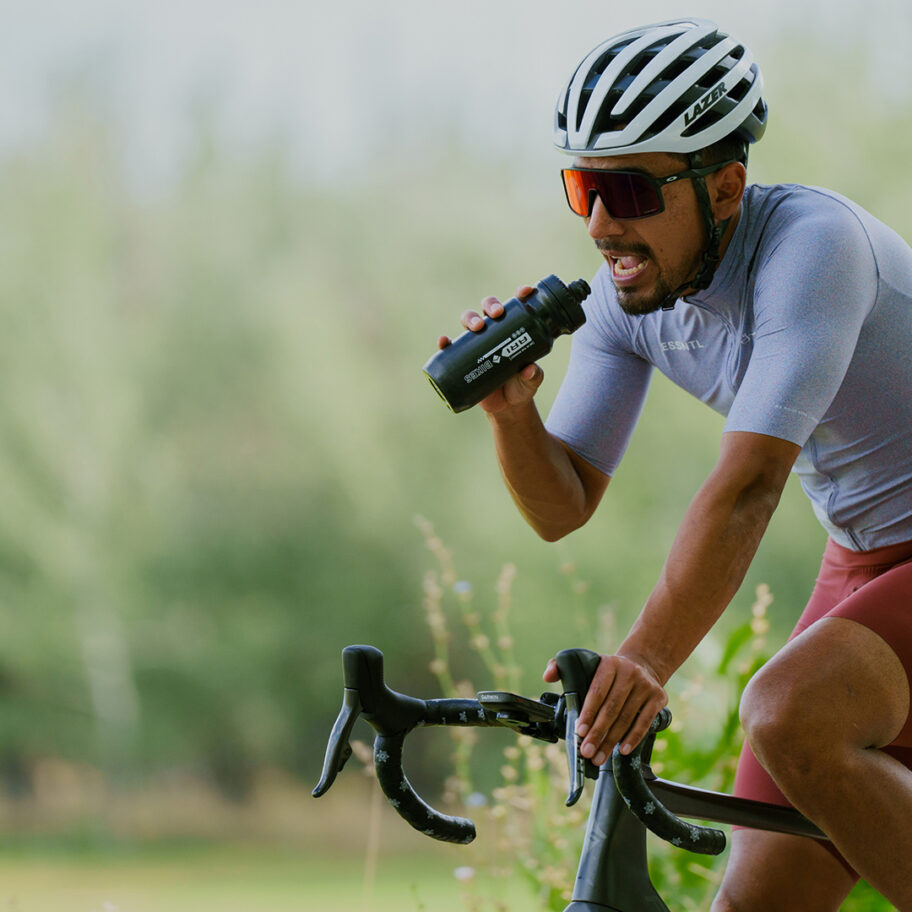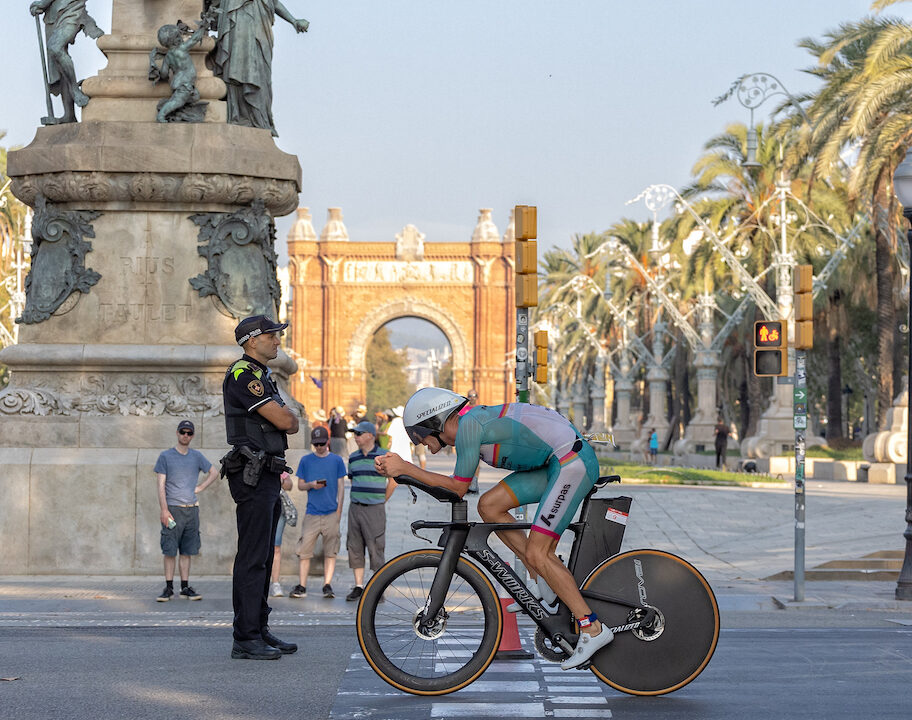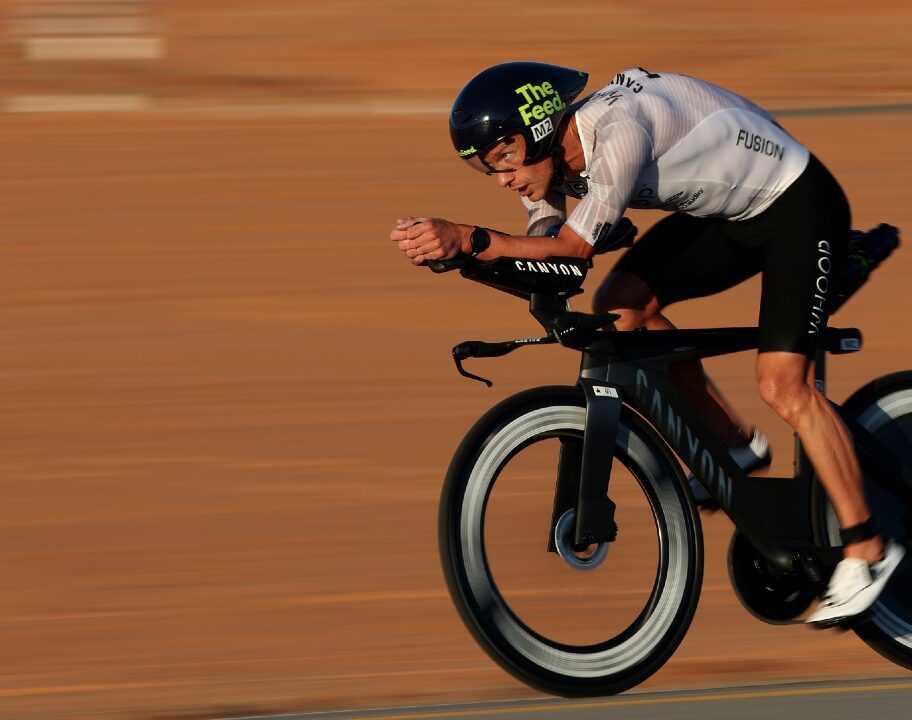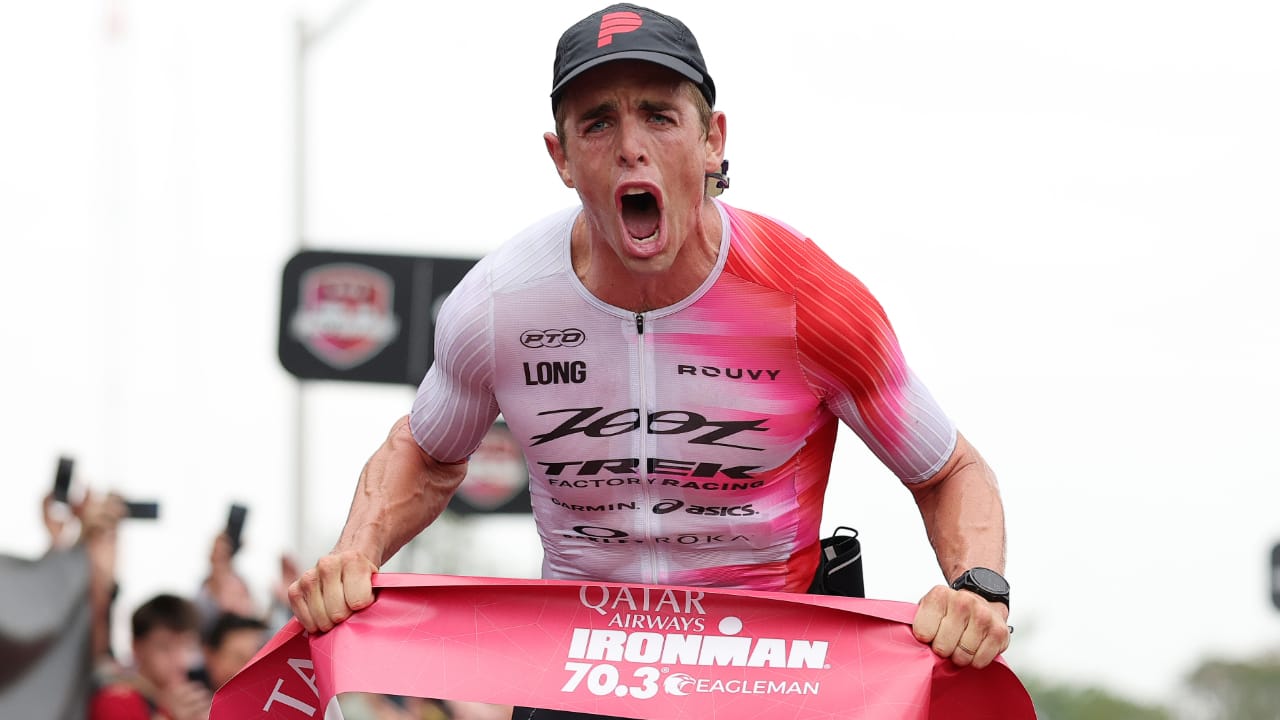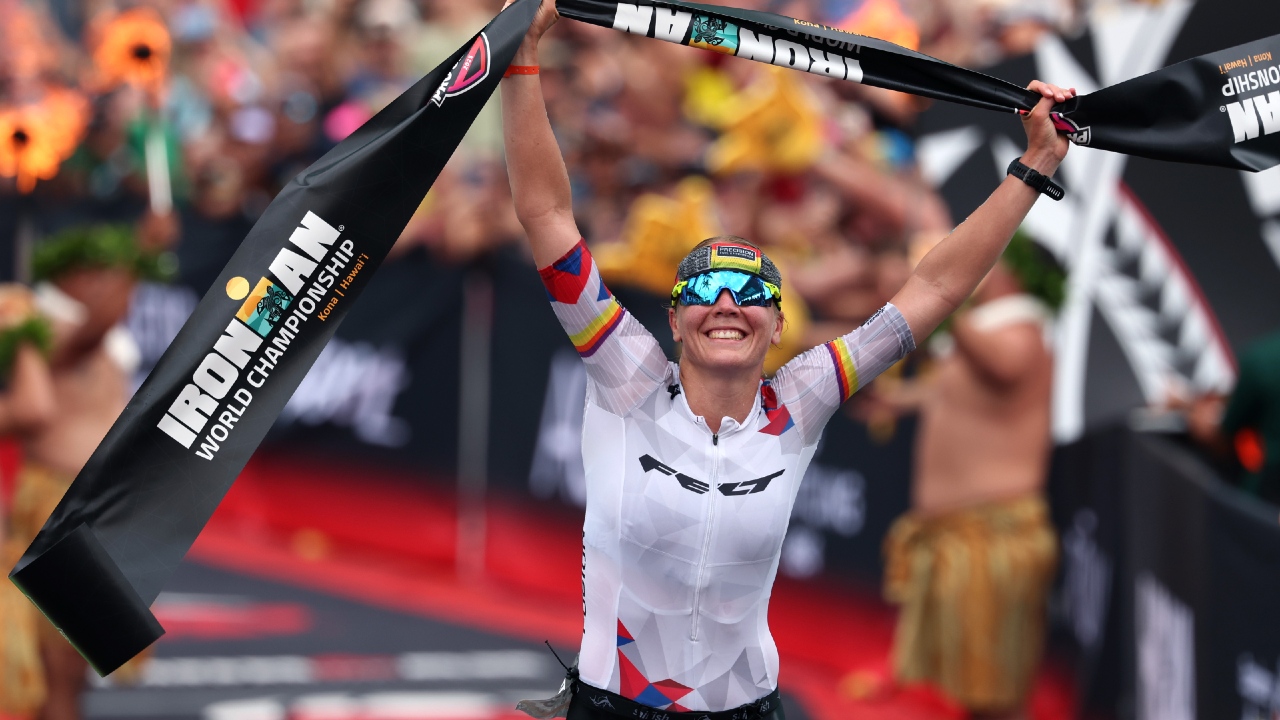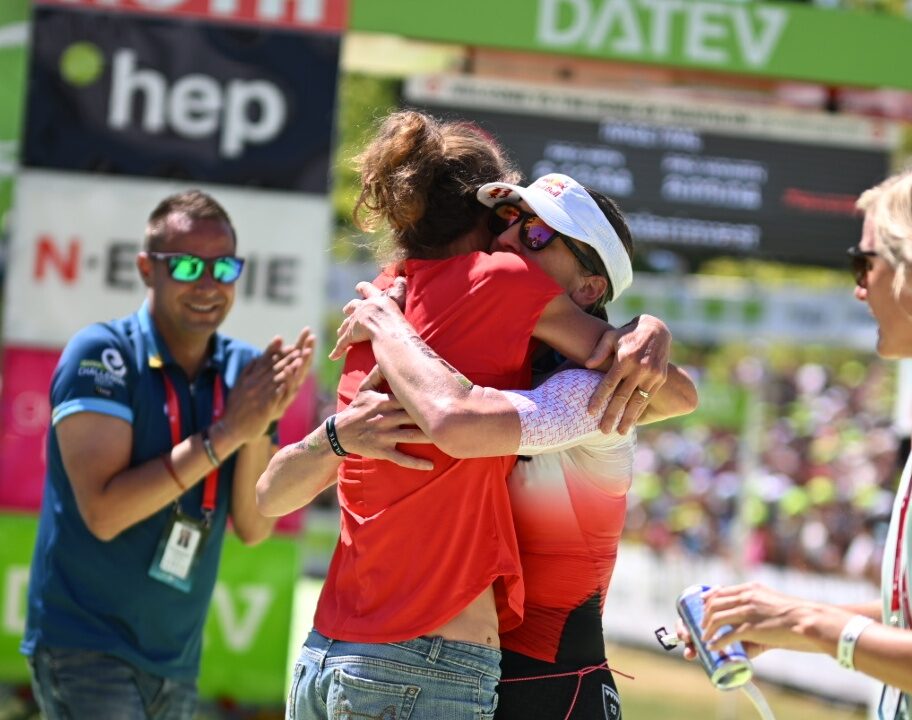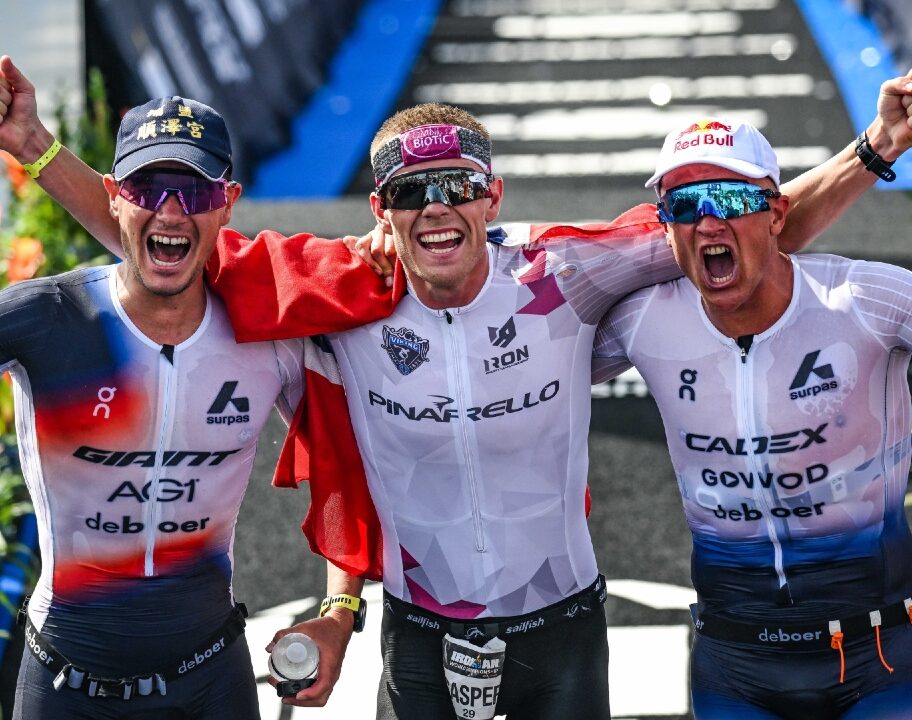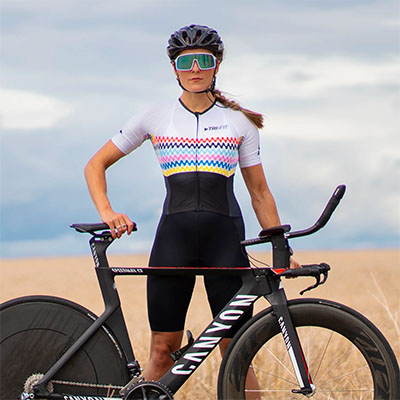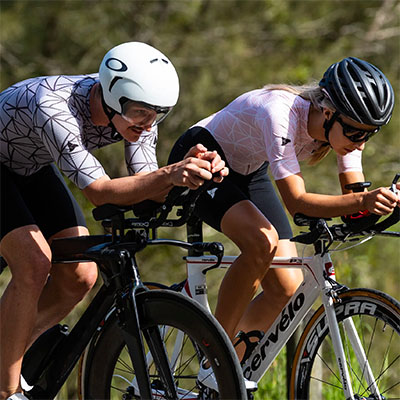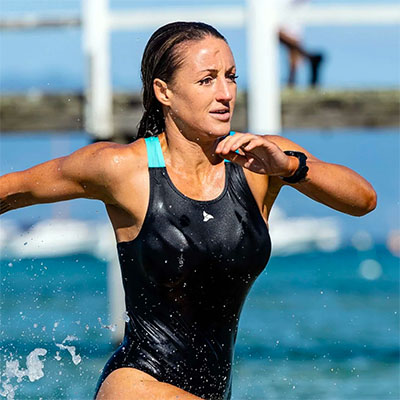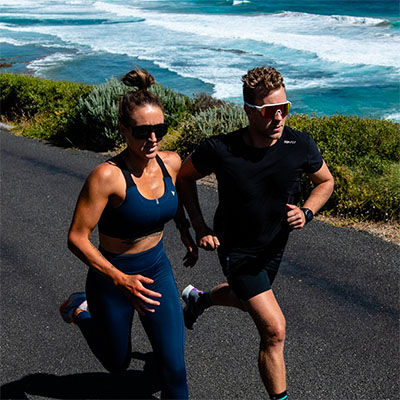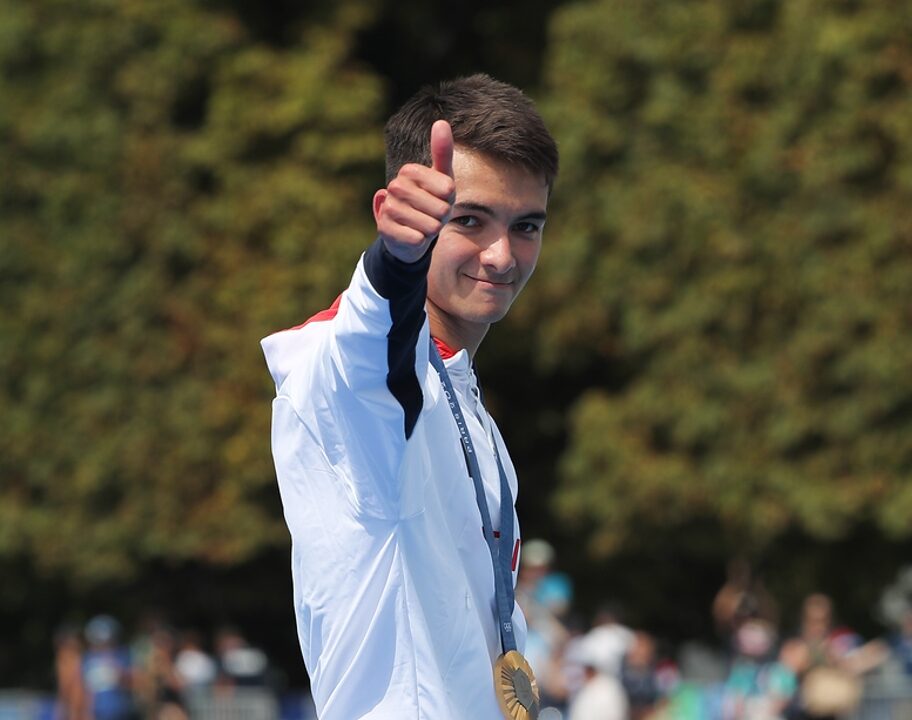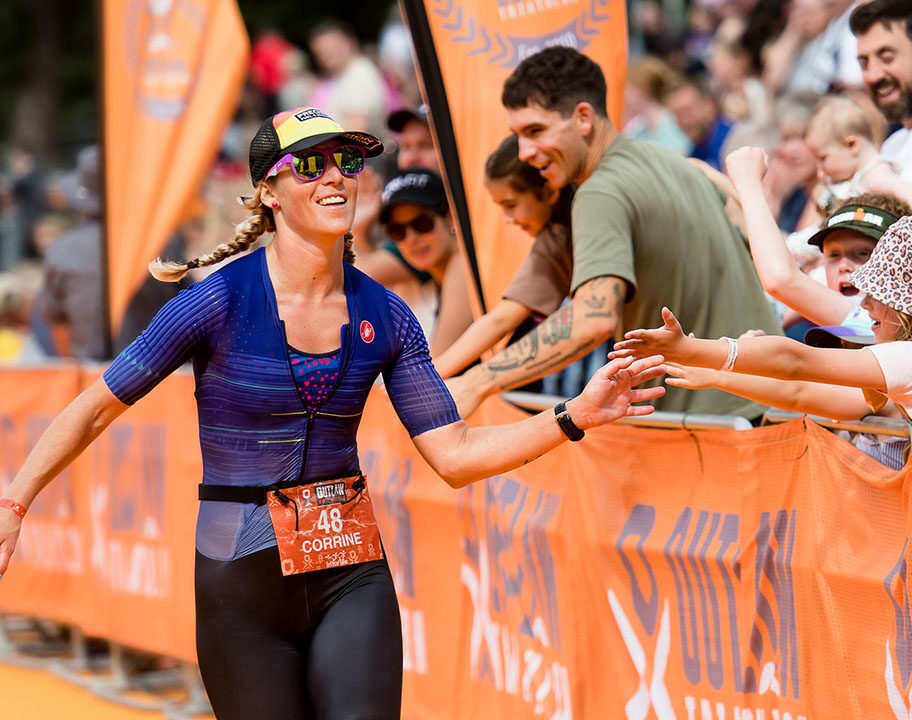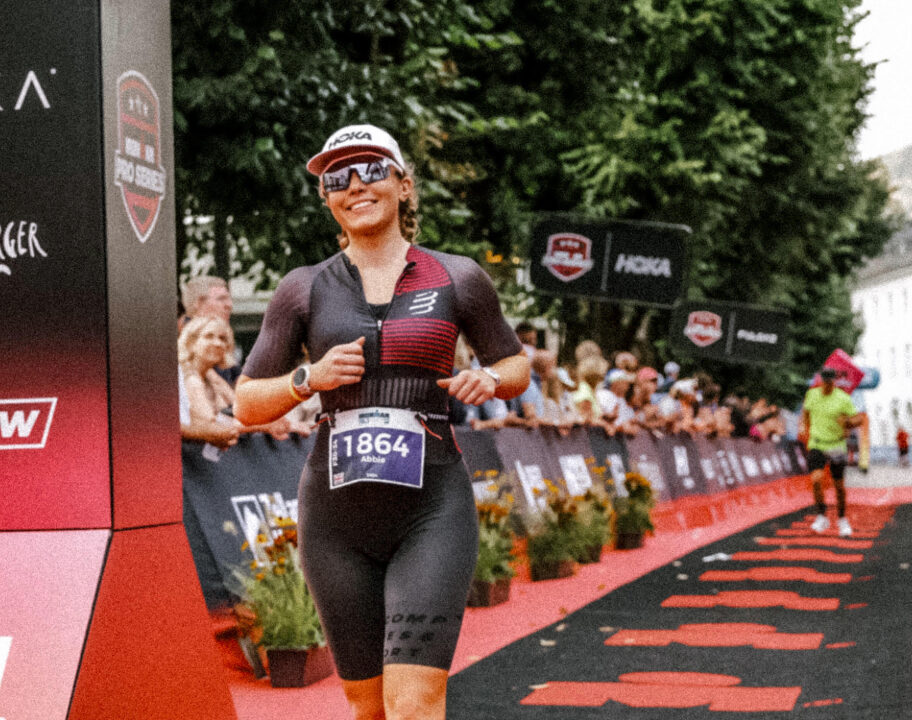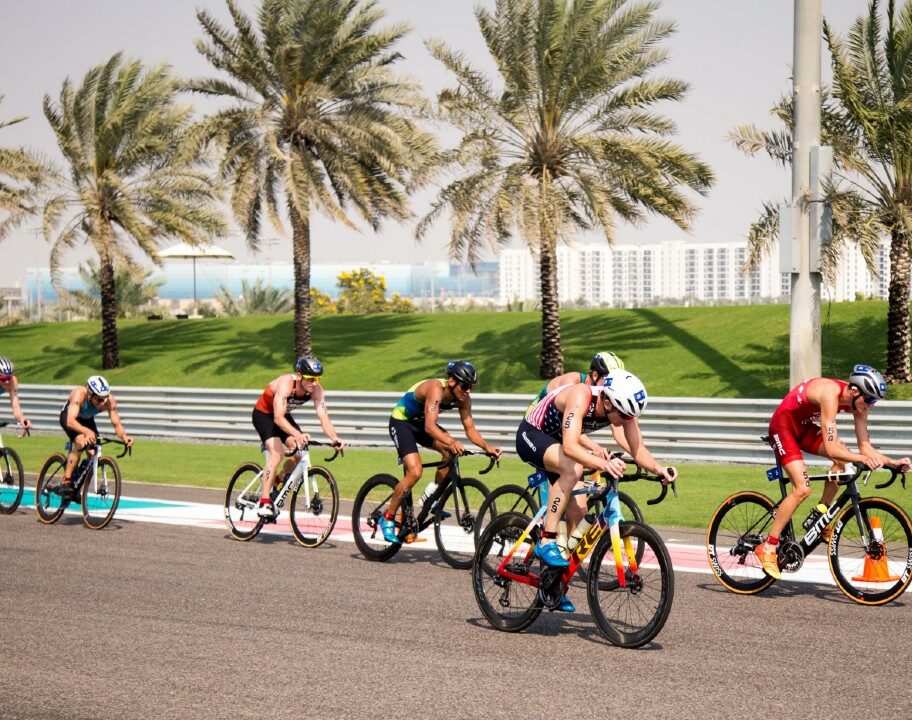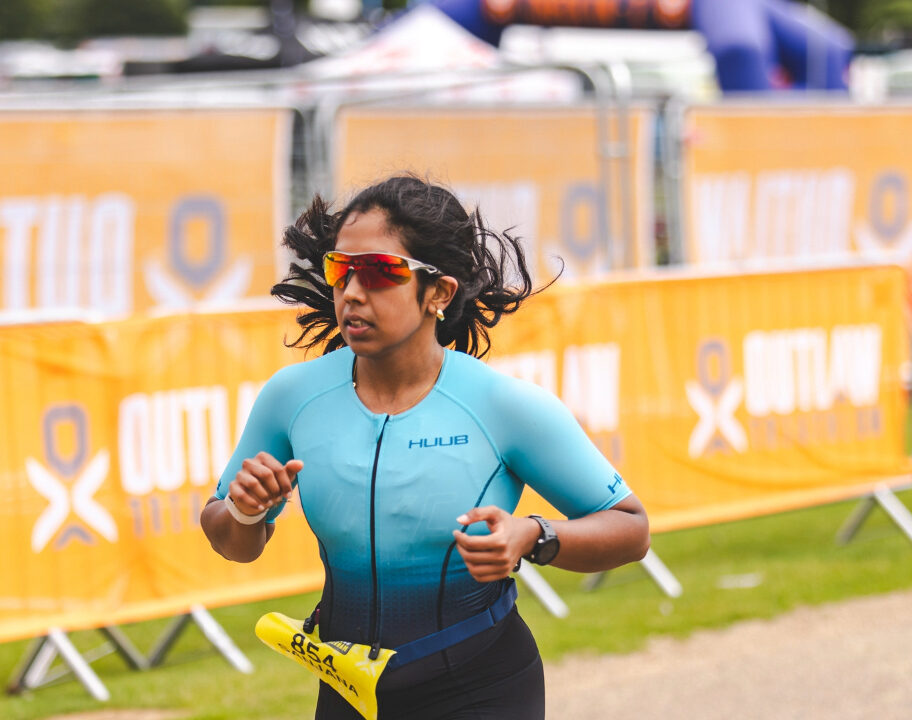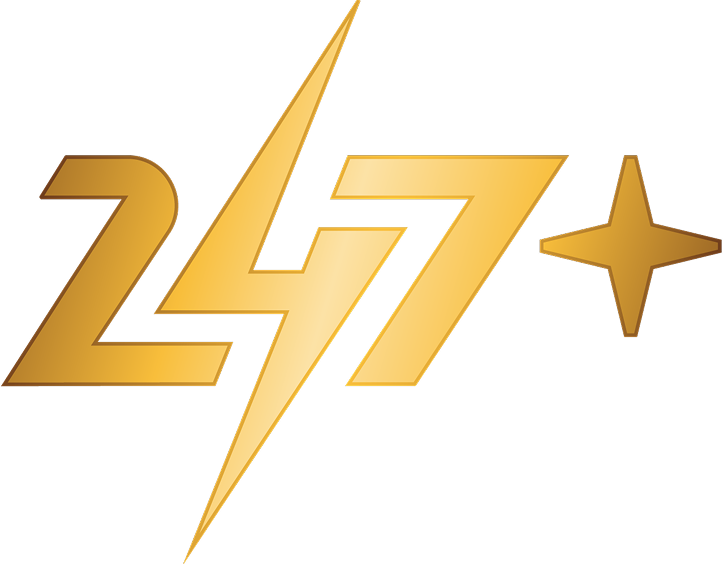In this article James Beckinsale looks at the science of performance running which has garnered much discussion in recent years, with developments in shoe technology, the promotion of ‘fore-foot striking’ / Chi-running and more.
Here, James aims to clarify the science from the myths, and put forward his approach to performance running, where he suggests “there’s only one true way to run for performance.”
Introduction
There are no two ways about it; there’s only one true way to run for performance, but like you I have read lots of conflicting articles on why this is good or that is good etc. However, the “experts” don’t mention the real secret to performance running.
I have never observed much variation in the way two animals of the same species run, e.g. horses, dogs, cheetahs etc. Unlike us, they are not given shoes to run in as infants that allow them to change their mechanics to such a degree they stop using the tools nature provided.
Guaranteed – if you over-stride, heel-strike, cadence is too low or you oscillate (lateral or vertical); you are not running efficiently or naturally. This article is not simply advocating forefoot striking, because if you just do that in isolation you will probably do more damage to yourself than what you do now…
In this article I am going to take you through why and also look at:
- Economy of motion
- The “secret” to performance running
- Strength
- Stride length
- Stride frequency
- Bare foot running
- Body positioning
- Body weight
- VVO2 max
- Progressions
What is Economy of Motion?
Economy of motion is one of the key areas of endurance performance; and improving the economy of the athlete is one of the most valuable parts of coaching, that can reduce the injury rate and bring finish times down significantly.
If runners biomechanics (laws of mechanics and physics to human performance) are not optimum while running, the result will be increased oxygen consumption, muscle fiber recruitment and lactate production for the given speed = lower economy of motion.
I know some coaches do not worry so much about economy, they would rather let total volume of training take its course. This may work for some and possibly more for the elite athletes who are training day in day out. However, with limited time on your hands or if you want to optimize your performance, ensuring your economy is as close to perfect as you can get it, you will reap the rewards without requiring additional training time.
The secret to performance running
The secret to performance running is seen in utilising the stretch shortening cycle (SSC), which occurs in the muscles and tendons of the lower limb. This mechanism, switches on as the foot lands, but can only work if the muscle and tendons are engaged immediately, as in hopping action.
The Stretch-shortening cycle (SSC) can be defined as a concentric followed by an eccentric muscle action.
In running it was traditionally thought that muscles lengthen or work eccentrically as the foot hits the floor, and shorten or work concentrically as the foot pushes off. However, as Blazevich and Sharp (2006) point out, “recent evidence from human research, and experiments on animals, shows that muscles contract quasi-isometrically during the propulsive phase of many stretch shorten – type movements”.
To explain this “quasi-isometric muscle action”, isometric muscle action “the muscle contracts without any joint movement” so it is held static while under load. The quasi (partly / almost) means we have a sort of static or isometric contraction but we don’t… i.e. we still have a limited, but not a great deal of joint action.
To elicit quasi-isometric action in the muscles/ tendon (mostly tendon) the foot has be in contact with the floor for a very brief moment as this action occurs in roughly 0.5 second which gives nearly 50% of the energy required for propulsion to the next step, hence the need for high stride frequency to take advantage of this potential return of energy.

Injuries
It is the force production on foot strike, which, without a doubt, means humans are not designed to heel strike. If you carried out the experiment above, you have just felt the hard thud and discomfort on heel-striking, which can lead to many injuries as the load is not taken up by stretchy / elastic muscles and tendons. If the muscles and tendons are allowed to switch on during that initial strike of the foot, this creates the running equivalent of the car suspension and the load is dissipated through soft tissue not bone.
The muscles and tendons need adequate strength to produce and reproduce this force over hundreds and thousands of repetitions of the run.

Strength
One of the biggest limiting factors in Caucasian endurance athletes, is a lack of strength – the more strength/ force that can be produced on foot strike (added to optimal body weight and aerobic capacity) the faster you will run.
Approximately 0.6 J of energy are stored and released per kg per bounce in foot/ calf of a human, compared with about 1.1 J per kg in a 0.5 ton horse (Blazevich and Sharp (2006)
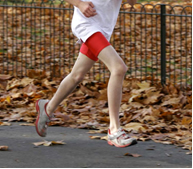 We can see with the 100 – 200 – 400m runners that they are using maximum force production (on foot strike) to hit the times they do and, on the whole, mechanically these athletes run as close to perfect as you can get (it’s also amazing how much work they put into technique). As soon as you go to 800 – 1500 and above, many people start to run with the injurious habits outlined above.
We can see with the 100 – 200 – 400m runners that they are using maximum force production (on foot strike) to hit the times they do and, on the whole, mechanically these athletes run as close to perfect as you can get (it’s also amazing how much work they put into technique). As soon as you go to 800 – 1500 and above, many people start to run with the injurious habits outlined above.
Running technique should not change whatever the distance, it should just be “smoothed out”: the longer the distance the less height on the knee/ heel cycle which equates to less force production on foot strike, less energy production but ultimately slower running of course.
You will notice in pictures of good elite runners, a point during the running cycle where both feet are off the floor (air time, see picture right). It can take many years and hours/ miles of running to build the type of strength of top elite runners, but whatever your level, you can aid the improve your running performance by increasing the strength of your running muscles and tendons.
Stride length
Contrary to popular belief, a long stride length is not about kicking your foot as far forward as possible “striding out”. Stride length is where the foot lifts from the floor, travels through the air and hits the floor again.
Our body is linked (kinetic chain), bones, muscles, tendons etc and for running to work optimally each area through the body must play its part. So if you just stride out and the foot lands outside the body’s optimal reaction area, you will lose part of the process by producing a breaking force. Muscles will not be recruited at the right time, leading to negative response and excess movements/ energy requirement.

Stride frequency (strike rate)
Lots of the elite African runners have been found to run around 94 – 98 strikes per min with the athletes trailing in their wake running, still running with high strike rate, but around 90 – 94 strikes per min. If you are an average height runner whose stride frequency is around 70 or 80 strides per min or lower, your foot will be in contact with the floor for a much greater time, so there is no way you are ever going to utilise on the SSC.
For some of our better runners, who you may have seen running a bit flat or on their heel etc, most of the time they will get away with fast “ish” run splits due to a good high strike rate… add to that the use of the “secret to running performance” and what could happen?
The shorter you are the more steps you would naturally take and vice versa. Lots of people I have coached find it really hard to get their strike rate up… that is, until they run bare foot!
Stride frequency or strike rate is the number of times one foot strikes the ground in 1 minute.
Bare foot running
When you put athletes on the treadmill and video their running, then sprinkle the magic dust (getting them to take their shoes off!) then video them again, they are always totally amazed at what a change this small adjustment makes aesthetically to the way they look. In fact, they almost always say “I look like a runner”. With a little coaching in muscle recruitment patterns (which needs to be re-learnt) they start to get the feeling and rhythm of economical running and even start to enjoy it, instead of running always feeling like hard work, whatever the pace.
Have you ever wondered why so many people have orthotics? Basically the running shoe industry had been hindering runners for years by adding support to running shoes. Why do these expensive trainers have lots of cushioning in the heel when the heel is not designed to take any load in running? (You felt this on the jumping on heels experiment). Support is also prevalent along the inside of a run shoe for the arch of the foot, never giving the foot a chance to switch these muscles / tendons back on and in most cases switching them off totally (if a muscle or tendon is not used it becomes weak and less useful).
When changing from supportive running shoes, you will see after a while that your arch starts to develop (it is after all just muscle and tendon). This must be done slowly so your whole body can adjust to this new running style and build the right strength in the correct muscles throughout the body at the right time.
The rest of the body
To run well you also have to have the rest of the body in the right position. For example, if your bum is sticking out because you are leaning too far forwards, you cannot switch on your bum muscles (glutes), which are needed to work when the foot hits the floor. Your hips need to be driving forwards, your chest needs to be lifted and muscles that are not being used need to be relaxed. Your pelvis also needs to aligned correctly and you will be amazed at how “out” your pelvis can be if you spend most of the day slumped at a desk.

Body weight (fat)
I am sorry to tell you, but if you are carrying excess body fat of 5–10kgs or more you are going to add more strain to the muscles and tendons of your body that are designed to carry you (at optimum fat %). But if you are a bigger person don’t feel that running correctly is not for you – it still works but your progressions may have to take a little longer.
So again, take your time, make sure you build up the longer runs (don’t attempt the vVO2max stuff below until adapted for 3–6 months) and do lots of strides (200m on track on grass) as this in itself will build the strength and lower the body fat to ensure a seamless transition to more economical running.
vVO2 max
VO2 max is described as “the highest rate of oxygen consumption attainable during maximal or exhaustive exercise”. With the small V at the front this denotes velocity at Vo2max or the speed at which your body is utilising the maximum amount of oxygen. VO2max on its own is a poor predictor of performance but training at vVO2 max is a great way to improve economy by increasing the strength and power of the running and cardiovascular muscles.
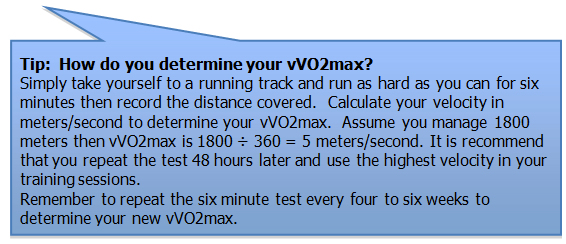
Progressions
I know lots of athletes will go and purchase a pair of Newtons or racing flats having been told by their mates “this is the way to go”. Pop them on and off they run with their new running style, for an hour or so, then would you believe it, they are injured. The word soon spreads that forefoot running injures people… it does not, only progressing too fast, lack of strength and not running correctly injures you.
Conclusion
The bottom line:
- If you are not running and allowing the SSC to activate, you are not running optimally.
- The flip side, it is not just about buying some new trainers and landing on the forward portion of the foot and hey presto.
- If you want to become a better runner, don’t do it as you start to panic about an upcoming race near summer, take the step now to change and use the winter months to build the progressions.
Finally, you still have to put in the hard yards in training (deliberate practice), but this way you will do it smarter and get fewer injuries.
Happy training!
